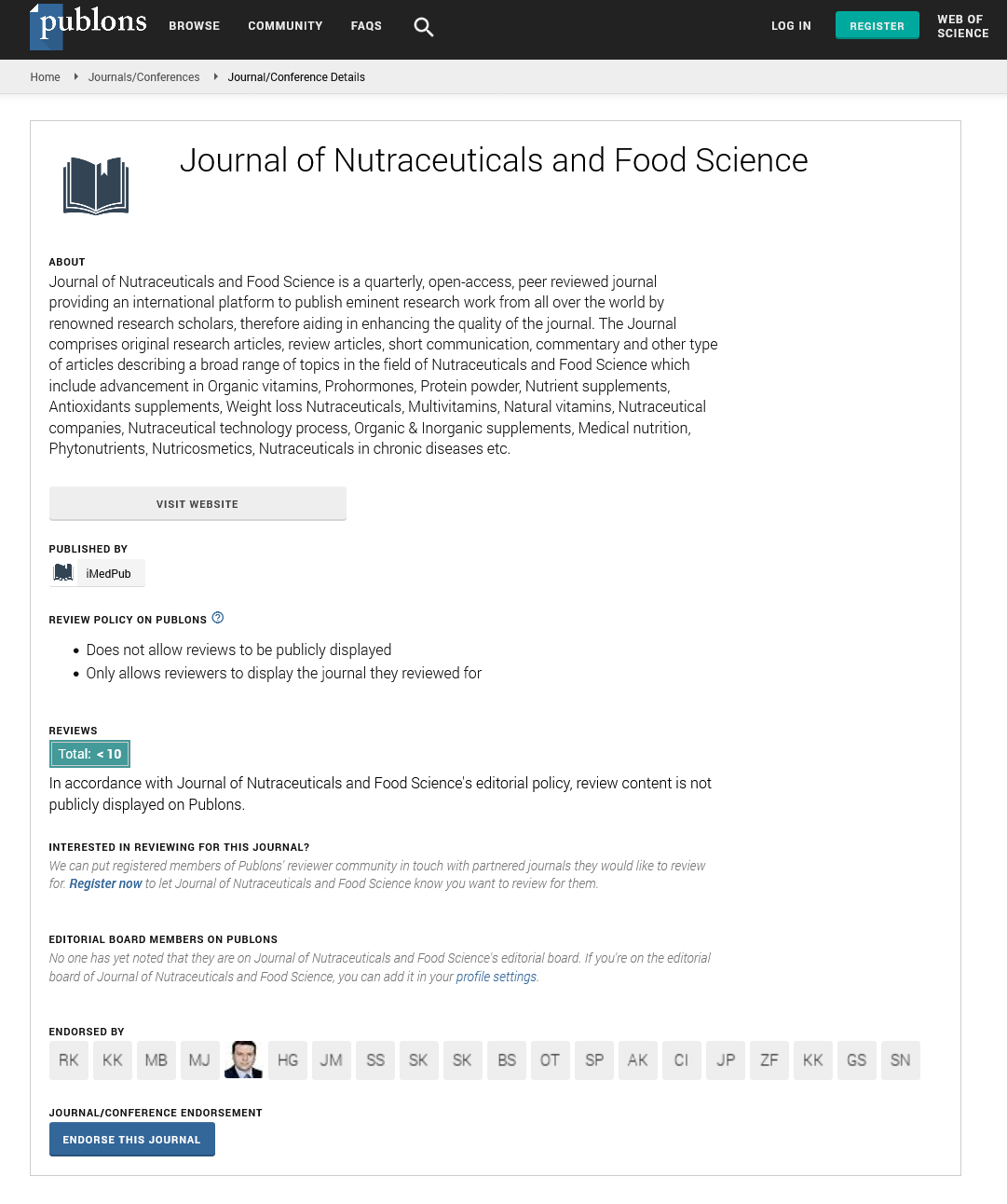Abstract
Overweight and Liver Disease: A New Paradigm
Introduction: The progression of hepatic disorders such as alcoholic liver disease (ALD) or viral hepatitis B/C (VHB/ VHC) usually depends on the nutritional status of an individual. In the past, malnutrition commonly induced the progression of these hepatic disorders. However, due to a worldwide increase in the prevalence of nonalcoholic fatty liver disease (NAFLD) and its developed forms, as well as nonalcoholic steatohepatitis (NASH), these fatty liver diseases become one of the main causes of liver cirrhosis or liver cirrhosis. It may then be possible that fat accumulation rather than malnutrition also develops the severity of ALD or VHB/VHC.
Objective: The aim of the present study was to identify the clinical, nutritional and socio-economical profiles of patients with liver disease under nutritional monitoring at the University Hospital Nutrition and Hepatology Outpatient clinic, Alagoas/Brazil.
Methods: Cross-sectional study that collected demographics, socio-economics, life style habits, anthropometrics and clinical data using a questionnaire. The study protocol was approved by the ethical review committee.
Results: Of the 17 patients studied, most of them were adults (70.5%) and male (76.4%). The major liver disease etiology was VHC (35.2%), followed by VHB (17.6%) and then ALD (11.7%). Among the clinical complications associated with liver disease, gastrointestinal bleeding (35.3%) and ascites and/or edema (35.3%) stood out. Despite several patients showing ascites/edema at the time of anthropometric measure, overweightness/obesity was detected in 63.6% (by body mass index) and 33.3% (by mid-upper arm circumference) of the patients while undernutriton (25.0%) was determined only by midupper arm circumference.
Study limitation: Small sample size was the main study limitation.
Conclusion: Despite the limitations of this study, a high frequency of overweight/obesity among patients with liver disease was observed, which presents a challenge to health care professionals, who will need to adapt to a new paradigm regards malnutrition and under nutrition among hepatic patients.
Author(s):
Sera€m MGC, Leite IA, Freire MBS, Araújo LW, Araújo-Neto J, Santos JCF and Moura FA
Abstract | Full-Text | PDF
Share this

Google scholar citation report
Citations : 393
Journal of Nutraceuticals and Food Science received 393 citations as per google scholar report
Journal of Nutraceuticals and Food Science peer review process verified at publons
Abstracted/Indexed in
- Google Scholar
- Publons
- Secret Search Engine Labs
Open Access Journals
- Aquaculture & Veterinary Science
- Chemistry & Chemical Sciences
- Clinical Sciences
- Engineering
- General Science
- Genetics & Molecular Biology
- Health Care & Nursing
- Immunology & Microbiology
- Materials Science
- Mathematics & Physics
- Medical Sciences
- Neurology & Psychiatry
- Oncology & Cancer Science
- Pharmaceutical Sciences


